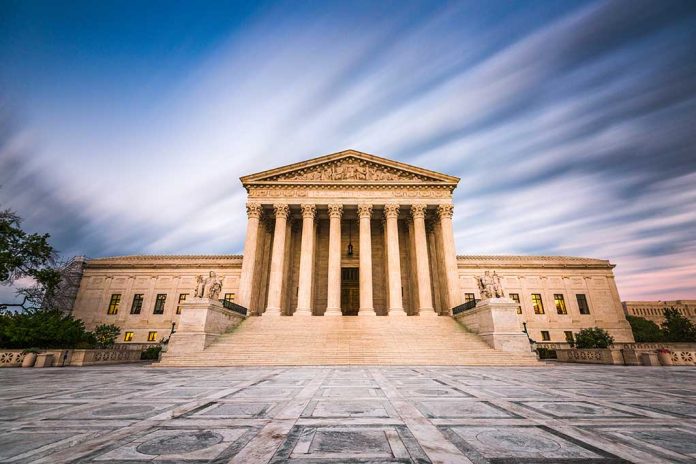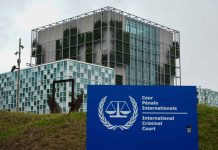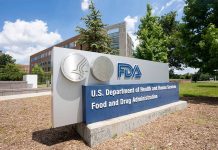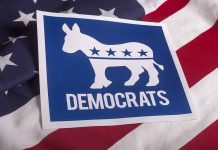
The Supreme Court is currently analyzing a pivotal case that pits San Francisco against the Environmental Protection Agency over water pollution control regulations.
At a Glance
- The Supreme Court heard arguments from San Francisco, challenging federal water regulations.
- The decision could greatly impact water pollution control nationwide and the EPA’s authority.
- The dispute centers on the Clean Water Act of 1972 and wastewater disposal permits.
- Justices questioned the clarity and enforceability of these permits during arguments.
The Legal Challenge
A recent Supreme Court hearing revolved around San Francisco’s challenge to federal clean water regulations implemented by the EPA. The lawsuit stems from restrictions on untreated sewage in local waterways, which San Francisco claims cannot be adequately controlled due to the nature of its sewer system. The city, supported by other municipalities and business groups, argues for clearer guidelines on permit limitations, which they say are currently too vague and lead to unpredictable fines.
San Francisco’s lawsuit highlights the city’s inability to maintain water quality due to existing environmental complexities. Officials claim being held accountable for broader water quality issues beyond their control exposes the city to significant financial penalties. The case also explores how a comprehensive upgrade to the sewer infrastructure could financially impact the city and its residents.
San Francisco Challenges EPA in Supreme Court Over Water Pollution Standards https://t.co/vD20EfeKwf
— KQED News (@KQEDnews) October 16, 2024
Justices’ Perspectives
Some of the justices on the Supreme Court appeared sympathetic to San Francisco’s position. Chief Justice John Roberts and Justice Brett Kavanaugh voiced opinions that suggested favorability towards the city’s arguments. For instance, Kavanaugh wanted to know whether the federal government was acting “‘based on the past when they didn’t know what the relevant limitation on them was and seek retroactively, without fair notice, huge penalties, including criminal punishment’ based on unclear standards,” per The New York Times.
In contrast, Justice Sonya Sotomayor indicated a preference for a narrower scope of ruling. She argued that “no one” was requesting the city “shift on a dime,” but rather to “become responsible for doing what’s necessary” in the face of a difficult situation. Justice Clarence Thomas raised questions about the fundamental issues with sewage discharge permits, emphasizing the core of the debate within the Court.
Discussions during oral arguments addressed whether current permits provide clear and actionable guidance to permit holders. Tara M. Steeley, San Francisco’s deputy city attorney, argued that the lack of clarity prevents effective compliance with the Clean Water Act. This ongoing debate influences how the Court may ultimately rule, potentially affecting water pollution laws nationwide.
The Broader Implications
This case reaches beyond San Francisco, as many cities operate similar sewer systems that risk overflowing during heavy rainfalls, leading to waste entering surrounding bodies of water. The outcome may determine the extent of the EPA’s regulatory power, potentially shaping national environmental policies. Trade groups and several states express concern over the implications of this challenge, fearing increased litigation and costs. Meanwhile, some environmental advocates worry that it could lead to changes in the Clean Water Act.
As the Court deliberates, the nation watches to see whether San Francisco’s plea for regulatory clarity will lead to adjustments in the implementation of the Clean Water Act. This decision could impact communities struggling with aging infrastructures and striving to balance environmental responsibility and economic feasibility.
Sources
- Water Dispute Before Supreme Court Gives Rise to Unusual Alliances
- San Francisco Takes on EPA at the Supreme Court, a Surprising Case for Green-Thinking City














